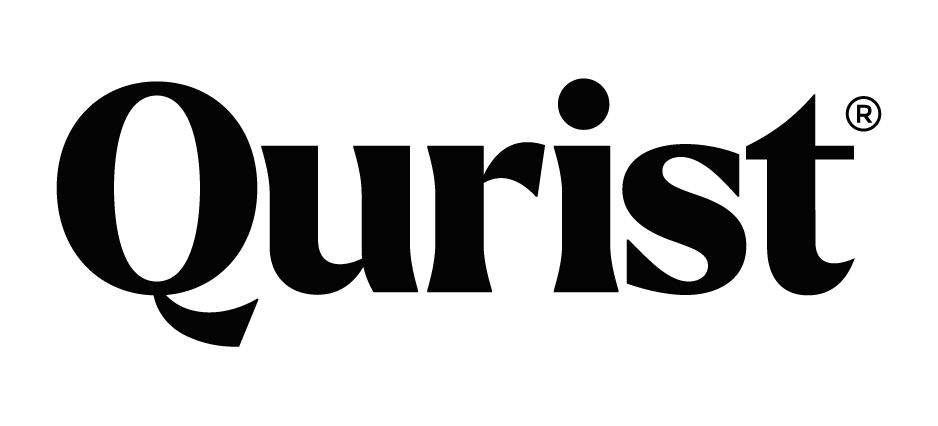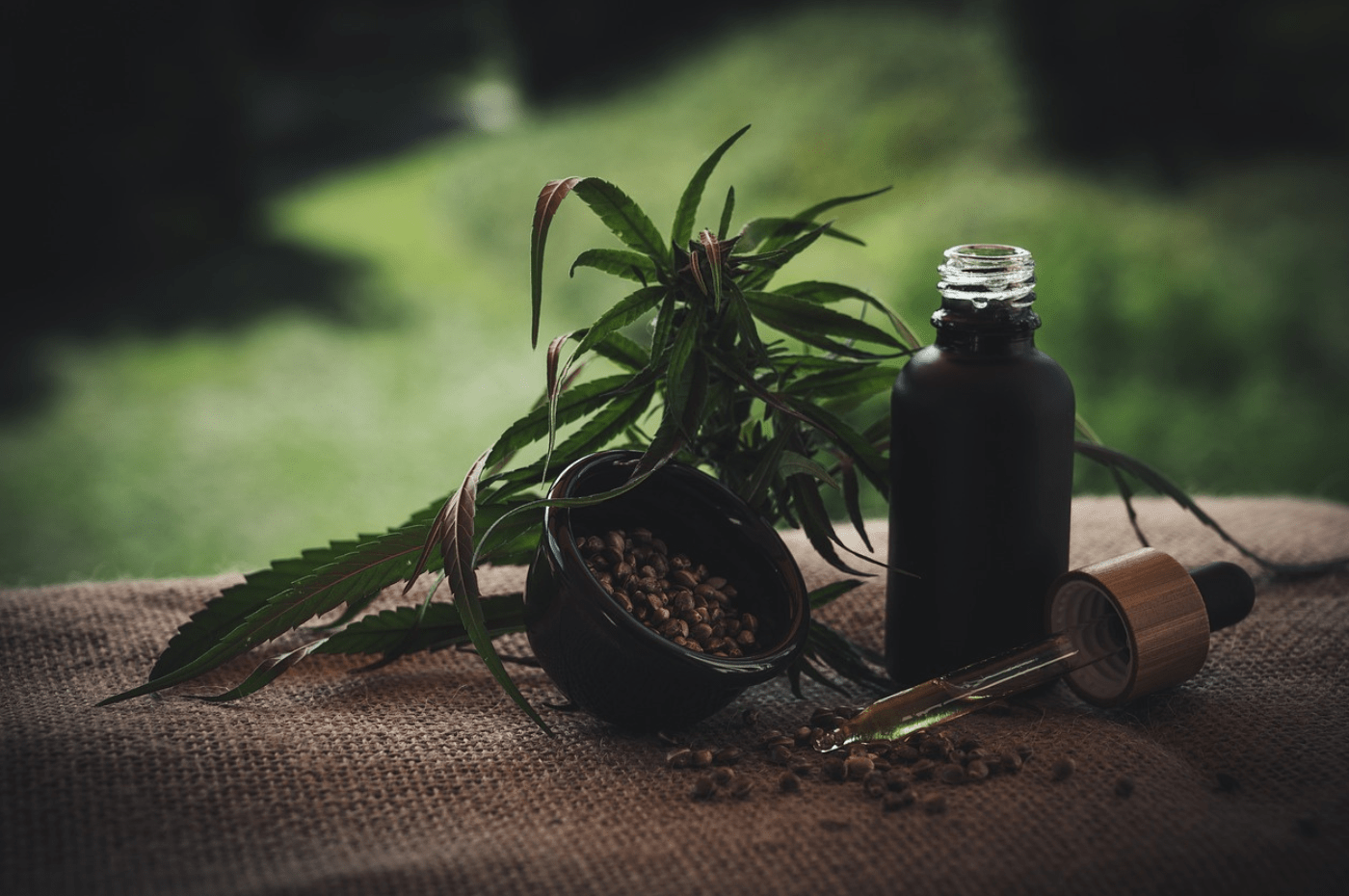Cluster headaches are an excruciating form of headache that comes in waves, often affecting one side of the head, and can cause intense pain around the eye. Traditional treatments include prescription medications, oxygen therapy, and nerve blocks, but many people seek alternative treatments. Recent research suggests that cannabidiol (CBD) and tetrahydrocannabinol (THC), compounds found in cannabis, might offer relief.
What are Cluster Headaches?
Cluster headaches are known for their severe pain, often described as a burning or piercing sensation. They typically occur in clusters over weeks or months, followed by periods of remission. Traditional treatments include prescription medications like verapamil, sumatriptan, and oxygen therapy. However, these may not always be effective for everyone, leading some to explore cannabis-based treatments.
What Are CBD and THC?
CBD (Cannabidiol) and THC (Tetrahydrocannabinol) are two of the most well-known compounds found in the cannabis plant.
CBD does not cause a high but has been studied for its potential pain-relieving and anti-inflammatory properties.
THC is the psychoactive compound responsible for the high but also has potential benefits for reducing pain and inflammation.
How CBD and THC Might Help with Cluster Headaches
1. Pain Relief
CBD and THC both interact with the body’s endocannabinoid system, which helps regulate pain and inflammation. CBD may prevent the breakdown of anandamide, a compound associated with pain regulation, potentially reducing the sensation of pain.
THC has been linked to providing more immediate pain relief due to its interaction with pain receptors in the brain.
2. Reducing Inflammation
CBD is known for its anti-inflammatory properties, which could help reduce the inflammation that may be contributing to the pain of cluster headaches. This could be beneficial for people who experience chronic cluster headaches, where inflammation is a consistent problem.
3. Improving Sleep
Cluster headaches can disrupt sleep patterns, leading to further complications. CBD has been shown to improve sleep quality in some studies, which may indirectly help manage cluster headaches by ensuring better rest.
Research on CBD and THC for Cluster Headaches
A 2017 study explored the effects of a combination of CBD and THC on people with cluster headaches. Participants took 200 mg of a THC-CBD combination daily. Results showed a significant reduction in pain intensity for some individuals, particularly those who had a history of migraine or childhood headaches. The study concluded that while the combination of THC and CBD didn’t completely prevent cluster headaches, it did reduce the severity of the pain.
Comparing CBD and THC to Traditional Treatments
1. Prescription Medications
Traditional treatments, such as verapamil or sumatriptan, can be effective but may come with side effects like dizziness, nausea, and fatigue.
CBD and THC offer a natural alternative that may have fewer side effects, although they aren’t universally effective and come with their considerations, such as legality and the potential for THC to cause a high.
2. Oxygen Therapy
Oxygen therapy is one of the most common treatments for cluster headaches and is known to be effective for some. However, it’s not always practical, especially in urgent situations when oxygen is not available.
THC, especially when inhaled, can offer rapid relief similar to oxygen therapy, as it enters the bloodstream quickly through the lungs. Vaping CBD or THC may help in acute cluster headache attacks due to its fast-acting effects.
Risks and Considerations
1. Side Effects
While many people tolerate CBD well, THC can cause psychoactive effects, including drowsiness, dizziness, and impaired concentration. Over-the-counter CBD products are not regulated by the FDA, meaning that some products may not contain the amount of CBD advertised, or they may include unexpected amounts of THC.
2. Legal Issues
Hemp-derived CBD (containing less than 0.3% THC) is legal at the federal level in the U.S., but some states have stricter regulations. THC is still illegal in many states unless used for medical purposes with a prescription. Always check local laws before using CBD or THC for cluster headaches.
How to Use CBD and THC for Cluster Headaches?
Dosage: There is no standard dosage for CBD or THC for cluster headaches. It’s recommended to start with a low dose and gradually increase, based on personal response and the advice of a healthcare professional.
Methods of Use:
- Capsules: These pain relief CBD tablets may provide longer-lasting effects but take longer to work compared to inhalation.
- Topicals: CBD oils may provide localized pain relief, although they might be less effective for the intense pain of cluster headaches.
CBD and THC offer a promising alternative for some people suffering from cluster headaches, especially for those who have not found success with traditional treatments. While more research is needed, studies suggest that these compounds can help reduce pain intensity, and inflammation, and improve sleep.
However, both CBD and THC come with their risks and legal considerations, so it’s essential to consult a healthcare provider before incorporating these treatments into your cluster headache management plan.
Always start with a low dose and adjust according to your body’s response, while being mindful of local laws and regulations regarding cannabis use.





Leave a comment
This site is protected by hCaptcha and the hCaptcha Privacy Policy and Terms of Service apply.